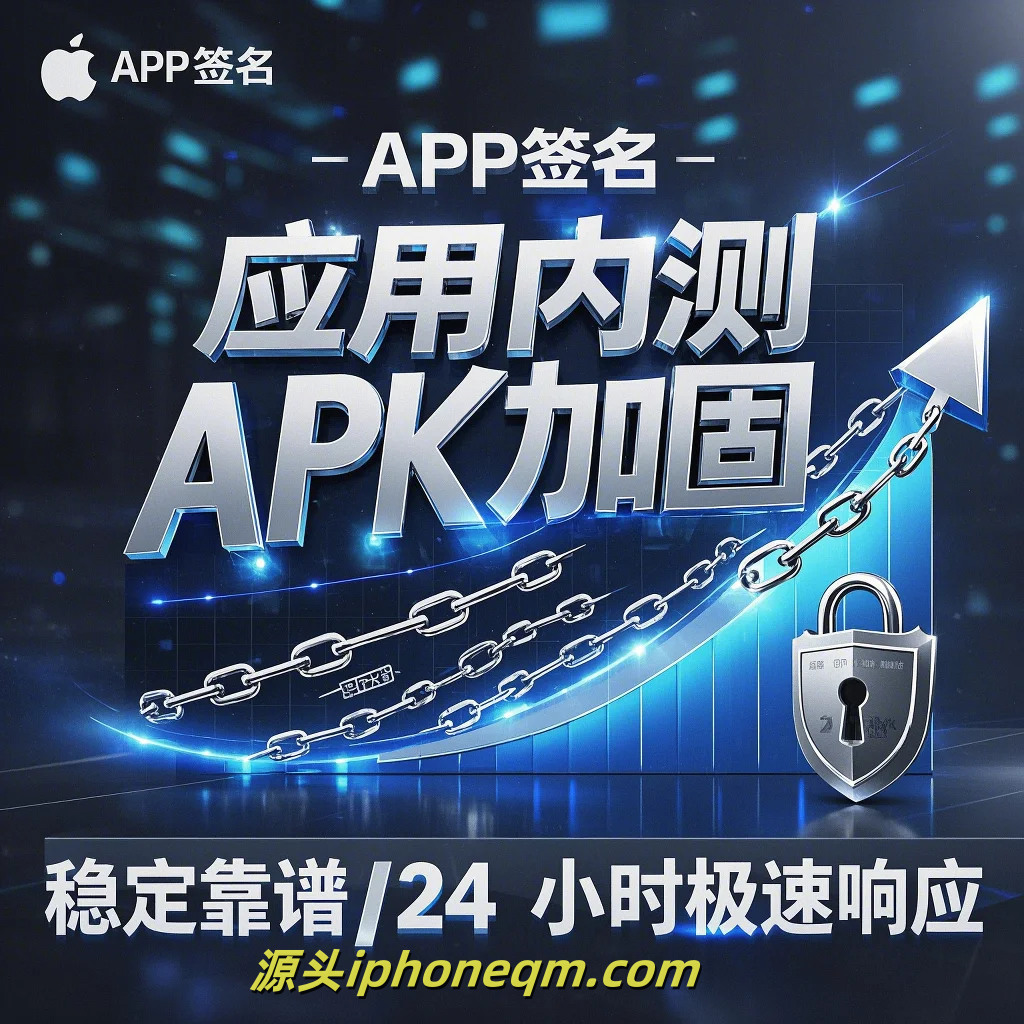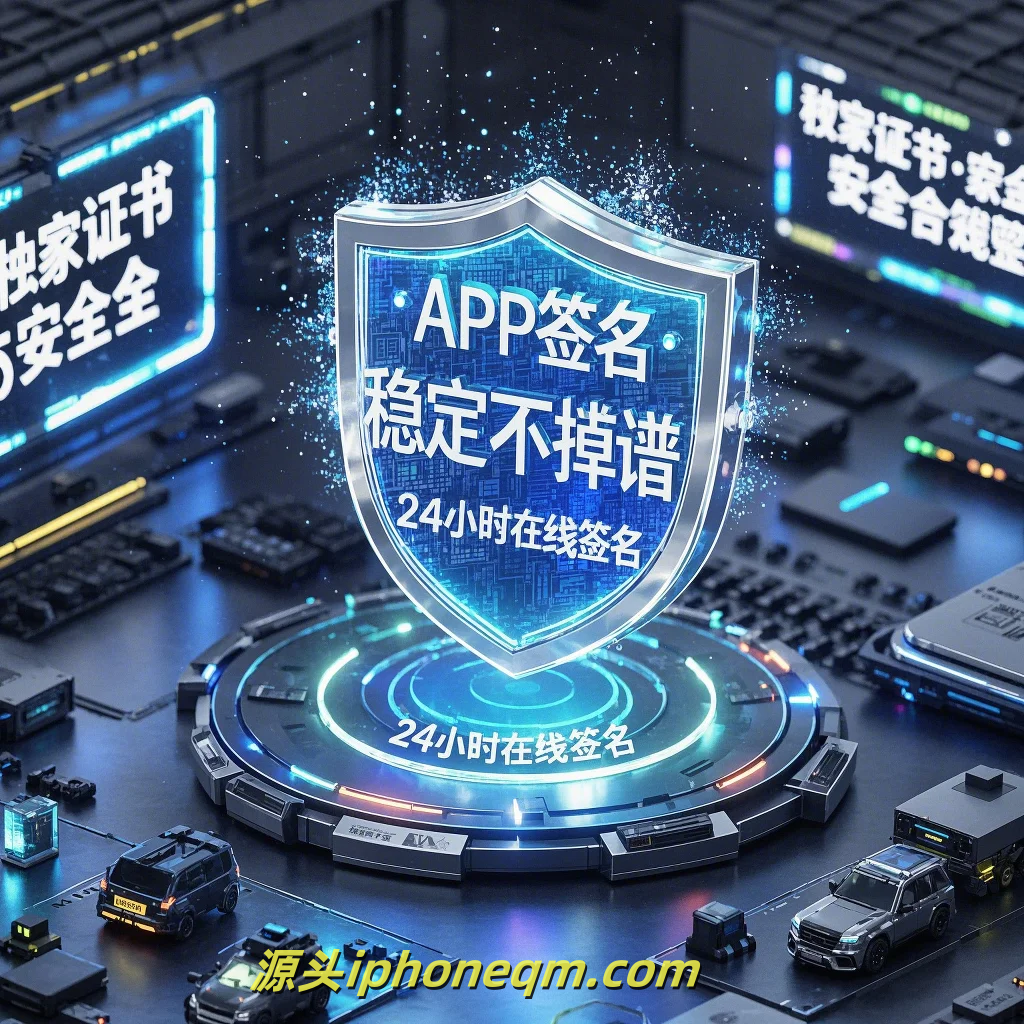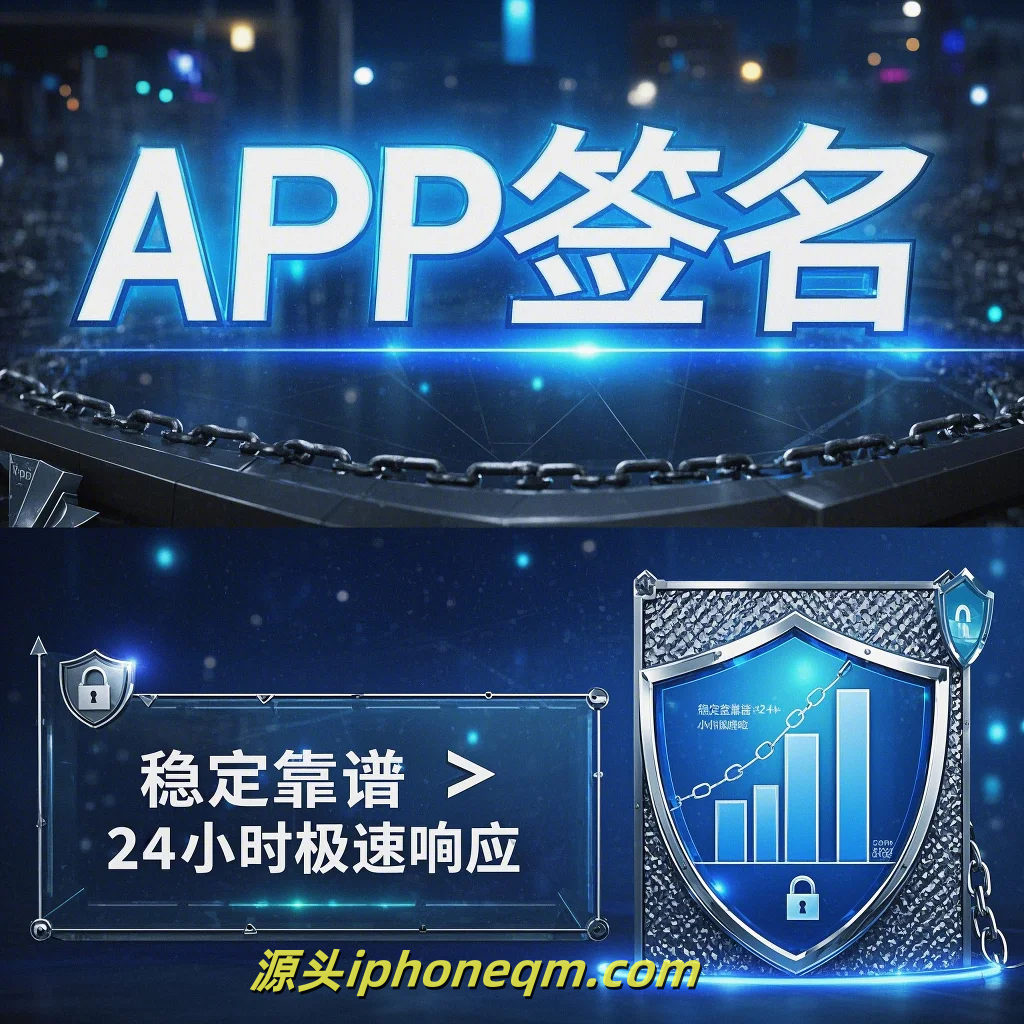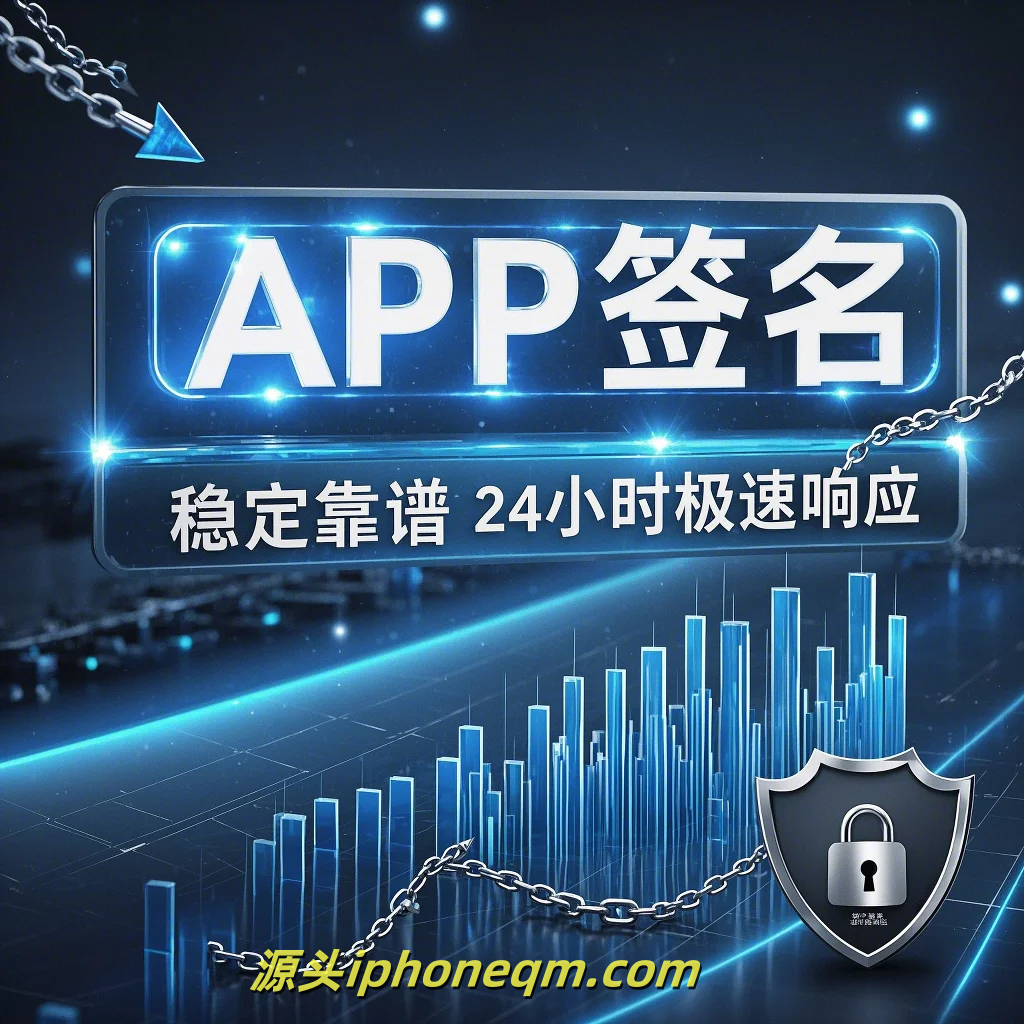Securing your iOS app is crucial in today's digital landscape, where cyber threats are prevalent. One of the most effective ways to protect your application is through proper signing. Here are some essential tips to ensure your iOS app is securely signed.
First, understand the importance of code signing. Code signing is a process that certifies the authenticity and integrity of your app. By signing your app, you're providing users with reassurance that it has not been tampered with since it was created. This is vital, as users are more likely to trust applications that are securely signed. Without proper signing, your app may be flagged as untrusted, which can lead to a significant loss of users.
Next, make sure to use a valid Apple Developer account. A valid developer account provides you with the necessary certificates to sign your app securely. You will need to enroll in the Apple Developer Program, which not only grants you access to the tools needed for code signing but also allows you to publish your app on the App Store. Always ensure that your account is up-to-date, as expired certificates can cause issues during the signing process.

When generating a signing certificate, opt for a Distribution Certificate instead of a Development Certificate when you are ready for production. A Distribution Certificate is specifically for apps intended for distribution, whereas a Development Certificate is for app testing. Ensuring that you are using the correct certificate is crucial to maintaining the integrity of your app.
Additionally, always create an App ID specifically for your app. The App ID helps distinguish your app from others and is essential for features like push notifications and app extensions. It’s imperative that your App ID is unique and matches the bundle identifier in your code. This consistency helps avoid any conflicts during the signing and distribution process.
Another critical tip is to maintain tight control of your private keys. Your private key is a crucial part of the signing process, and if it falls into the wrong hands, a malicious actor could sign your app with their identity. Always store your private key securely, and consider using hardware security modules or key management solutions to safeguard it. If you suspect that your private key has been compromised, revoking it and generating a new one immediately is essential.
It's also important to understand the provisioning profiles. A provisioning profile links your signing certificate, App ID, and devices for development or distribution. Always make sure that you’re using the correct provisioning profile corresponding to the distribution method you’re using. If you’re submitting to the App Store, ensure you're using a distribution profile instead of a development profile. This small mistake can prevent your app from being reviewed or published.
Furthermore, keep your app updated and regularly check for any security vulnerabilities. As security threats evolve, so should your app’s security measures. Ensure that your signing certificates are renewed before they expire, and keep an eye on updates from Apple regarding best practices for secure signing.
Lastly, test your app thoroughly. When deploying updates, always test the signing process to ensure everything works smoothly. A successful testing phase can help you catch potential issues before they affect users.
By following these tips for proper signing, you can significantly enhance the security of your iOS app. Proper code signing not only protects your application from unauthorized changes but also builds trust with your users. In a world where security is paramount, investing the time and effort into proper signing techniques is well worth it. Secure your app today and ensure a safer experience for everyone.
扫描二维码推送至手机访问。
版权声明:本文由MDM苹果签名,IPA签名,苹果企业签名,苹果超级签,ios企业签名,iphoneqm.com发布,如需转载请注明出处。












